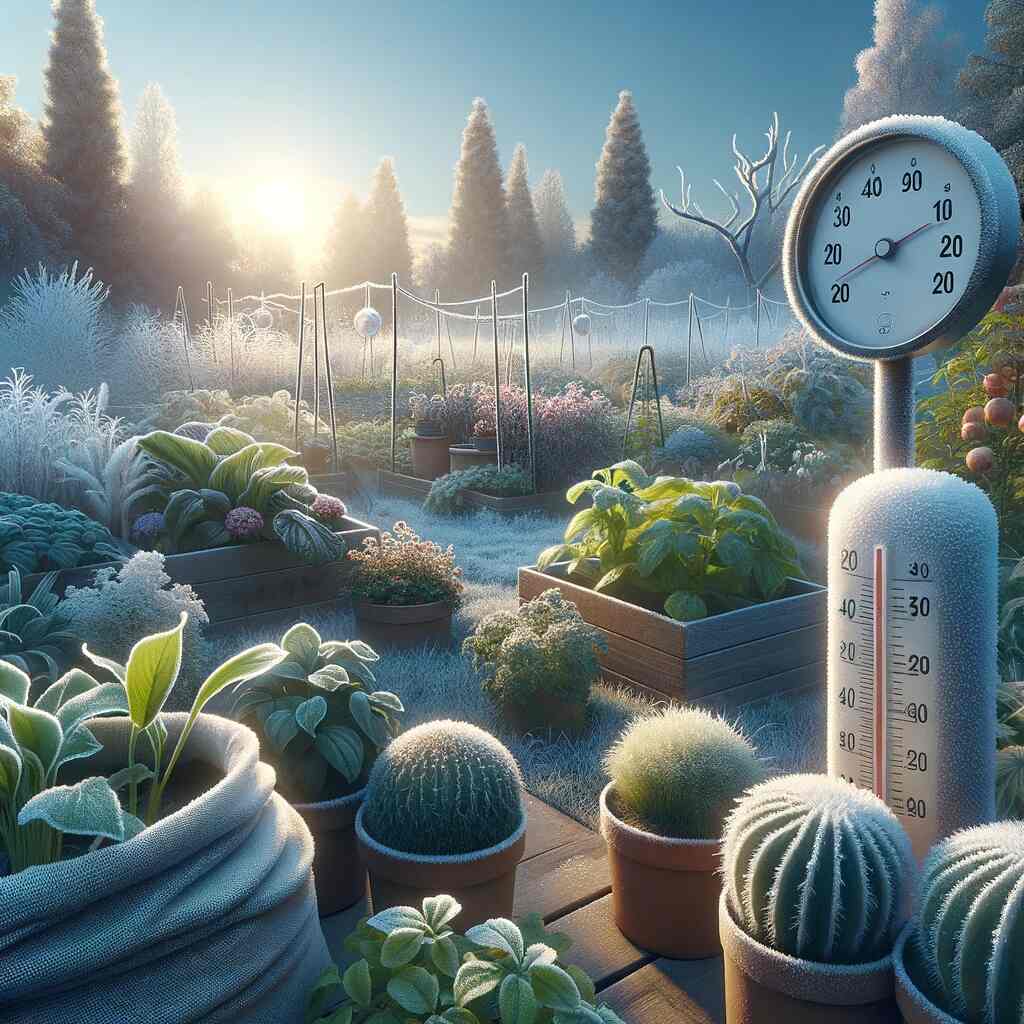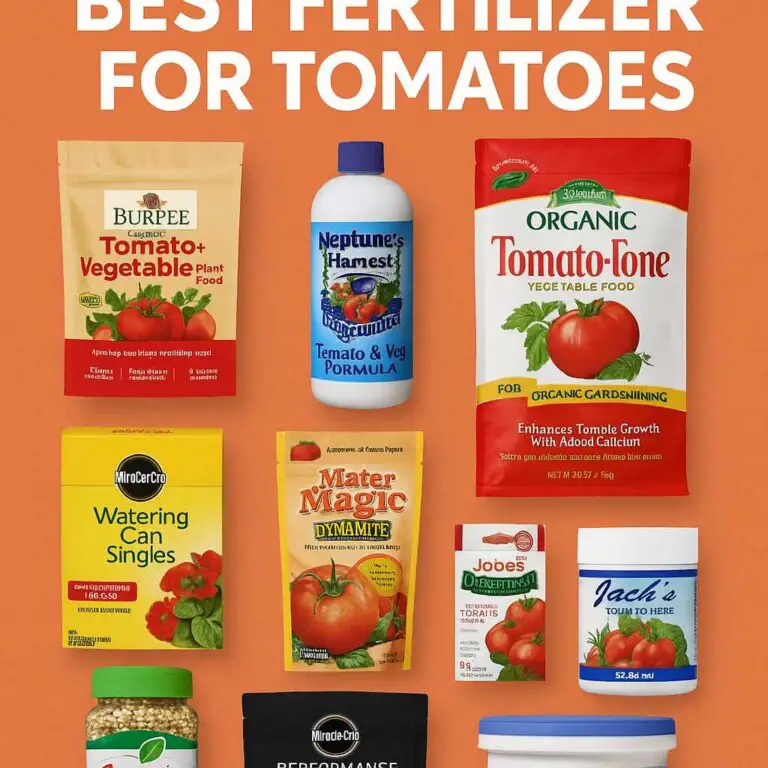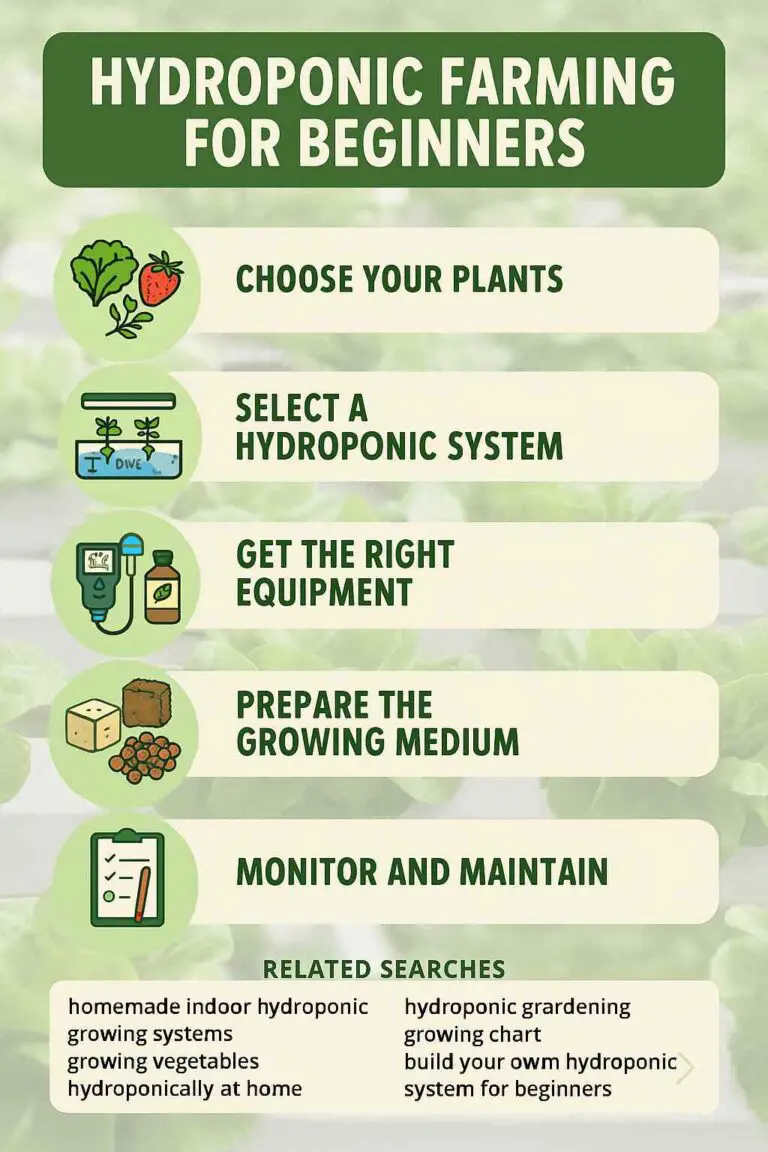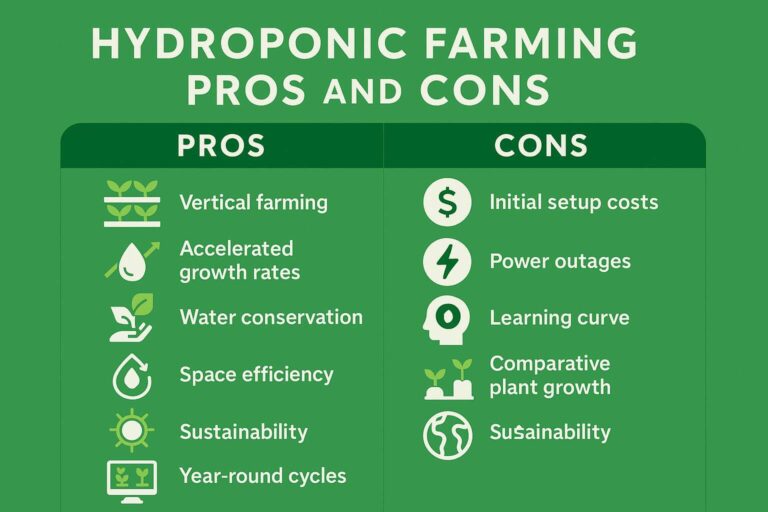Gardening is a rewarding and enjoyable hobby, but it can also be challenging, especially when Mother Nature decides to throw a frosty curveball your way. Gardeners and plant enthusiasts alike often wonder whether their beloved plants can survive freezing temperatures and frost.
In this comprehensive guide, we will explore the resilience of various plants, from banana plants to succulents, in the face of freezing conditions. Let’s dive into the fascinating world of plant adaptations and survival strategies when winter’s chill comes knocking.
Understanding the Freeze-Fighting Mechanisms
Before delving into specific plant types, it’s crucial to understand how plants can adapt and survive in cold weather. Various mechanisms enable plants to endure frost and freezing temperatures:
- Cold Hardiness: Some plants are naturally more cold-hardy than others. This means they have adapted to withstand lower temperatures and have inherent mechanisms to protect themselves.
- Cellular Protection: When temperatures drop, ice crystals can form within plant cells, damaging them. Cold-resistant plants have cellular structures that reduce ice formation and cell damage.
- Antifreeze Proteins: Some plants produce antifreeze proteins that lower the freezing point of their cell sap, preventing ice formation at higher temperatures.
- Insulation: The arrangement of leaves and branches can provide insulation, reducing the rate of heat loss from the plant.
- Transpiration Reduction: In cold weather, plants may reduce water loss through transpiration, conserving energy and preventing further stress.
Now that we have an understanding of these survival mechanisms, let’s explore specific plants and their ability to withstand freezes and frost.
1. Banana Plants
Banana plants (Musa spp.) are tropical in nature and are highly sensitive to cold temperatures. They cannot survive a freeze or even frost. When exposed to cold, banana plants will experience frost damage, leading to blackened leaves and stunted growth. To protect your banana plants, consider bringing them indoors during the winter months or providing a frost cover.
2. Blueberry Plants
Blueberry plants (Vaccinium spp.) are generally hardy and can withstand light frost. However, prolonged exposure to freezing temperatures can damage the plant’s buds and flowers. To ensure the best yield of blueberries, it’s advisable to protect them during cold snaps with frost blankets or by planting them in sheltered locations.
3. Bottle Brush Plants and Trees
Bottle brush plants (Callistemon spp.) and trees are not particularly cold-hardy. While they may survive light frosts, extended exposure to freezing temperatures can harm them. Consider planting them in containers that can be moved indoors or providing winter protection to keep them thriving.
4. Hibiscus
Hibiscus plants (Hibiscus spp.) are sensitive to cold weather and cannot survive a freeze. When exposed to frost, hibiscus plants will suffer damage, resulting in the loss of leaves and flowers. To protect your hibiscus, move them indoors or use frost cloth to cover them during freezing conditions.
5. Olive Trees
Olive trees (Olea europaea) are surprisingly resilient and can tolerate some cold temperatures. They can endure light frost, but extended periods of freezing weather can damage or kill them. Olive trees are known for their ability to regrow from the roots if the top growth is damaged, so they have a better chance of survival if exposed to cold.
6. Shrubs
The ability of shrubs to survive a freeze depends on the specific shrub species and its cold hardiness. Many shrubs are adapted to withstand colder climates, but some may need protection during severe freezes. Research the specific shrub species in your garden to determine their cold tolerance and provide winter care accordingly.
7. Spring Flowers
Spring flowers vary widely in their ability to survive frost. Some, like crocuses and daffodils, can push through light frost and bloom beautifully. However, more delicate spring flowers like pansies and petunias may suffer damage or wilt when exposed to frost. To protect your spring flowers, cover them with frost blankets or containers during cold nights.
8. Succulents
Succulents, known for their hardiness, can generally survive light freezes and cold weather. However, their ability to endure freezing temperatures varies among species. Hardy succulents like sedum and sempervivum can withstand frost, while more tender varieties may need protection or indoor shelter during extreme cold spells.
9. Vegetable Plants
The cold tolerance of vegetable plants varies greatly depending on the type of vegetable. Cold-loving vegetables like kale, cabbage, and broccoli can thrive in chilly temperatures and may even benefit from a touch of frost. However, warm-season vegetables like tomatoes and peppers are highly sensitive to frost and require protection or indoor cultivation during cold periods.
Flowers that Can Survive Frost
Some flowers are renowned for their ability to endure frost and even thrive in cold conditions. These cold-resistant flowers include:
- Pansies: These cheerful flowers can bloom throughout the winter in milder climates.
- Snapdragons: Snapdragons can withstand light frost and add color to your garden even in colder months.
- Calendulas: These bright orange or yellow flowers can survive frost and continue to bloom.
- Violas: Violas are hardy and can withstand frost, making them a great choice for winter gardens.
Plants that Survive Freezing Temperatures
For those living in regions with severe winters, certain plants are well-equipped to survive freezing temperatures:
- Evergreen Trees: Pine, spruce, and fir trees are adapted to cold climates and can withstand freezing temperatures.
- Winterberry Holly: This native shrub keeps its vibrant red berries throughout winter.
- Snowdrops: These small, delicate flowers can push through snow and bloom in late winter.
- Hardy Ferns: Some fern species, such as the Christmas fern, can survive freezing conditions.
Plants that Will Survive Frost
In regions with milder winters and occasional frost, you can grow a wide variety of plants that will survive frost:
- Lavender: Lavender is hardy and can tolerate frost well.
- Rosemary: This fragrant herb is resilient and can endure light frost.
- Heather: Heather plants thrive in cooler temperatures and can withstand frost.
- Witch Hazel: Witch hazel blooms in late winter, adding color to your garden.
What Shrubs Can Survive a Freeze?
Shrubs that can survive a freeze include:
- Boxwood: Boxwood shrubs are hardy and can withstand cold winters.
- Lilac: Lilac bushes are cold-tolerant and can thrive in freezing temperatures.
- Juniper: Juniper shrubs are known for their cold resistance and can add evergreen beauty to your landscape.
Will Hibiscus Survive a Freeze?
Hibiscus plants are not likely to survive a freeze. While they may endure light frost, severe freezing temperatures can damage or kill them. It’s best to provide protection or bring them indoors during cold spells.
Can a Plant Survive a Freeze?
Whether a plant can survive a freeze depends on its cold tolerance and the severity of the freeze. Cold-hardy plants have a better chance of surviving mild to moderate freezes, while more delicate plants may not endure the cold. To increase the chances of survival, consider providing protection, such as frost blankets or containers, and choosing plants suited to your climate.
Conclusion
In the world of gardening, the battle against frost and freezing temperatures is a challenge every enthusiast faces. While some plants are naturally equipped to endure cold weather, others require extra care and protection.
Understanding the cold hardiness of your plants and taking appropriate measures can make all the difference in helping them thrive through the winter months. Whether you’re growing delicate spring flowers or hardy evergreen trees, with the right knowledge and preparation, your garden can remain vibrant and resilient even in the coldest of climates.
So, keep your green thumb ready and embrace the beauty of your frost-kissed garden.








